Uncovering Soft Pastels
Soft pastels are a great medium for creating art. You can dive in and make rich and vibrant artwork with no need for paintbrushes, water or solvents! In some ways they’re like crayons but far more forgiving. If you don’t like a mark you’ve made, you can smudge and blend it until you’re happy. But where did soft pastels come from, how are they made and are they just for amateurs or do serious artists use them?
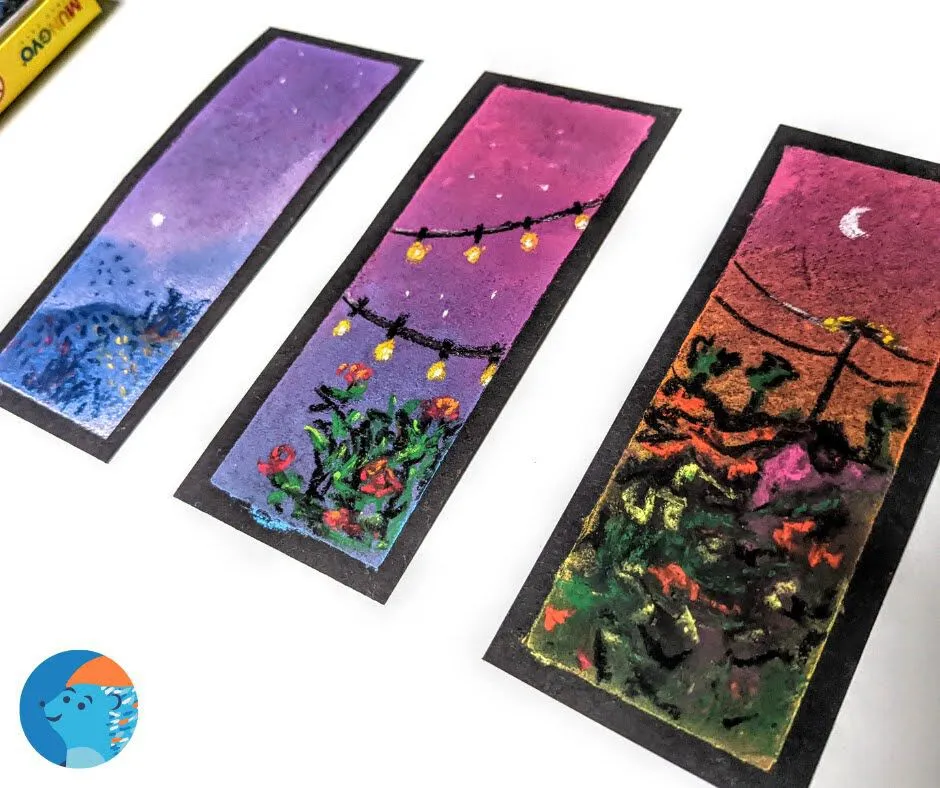
Want to jump right into using soft pastels? Check out our art box:
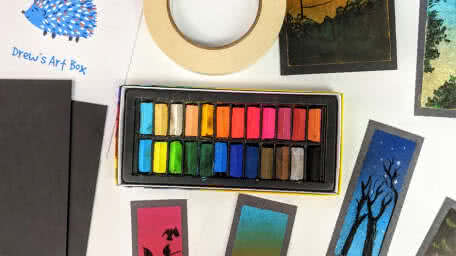
How are soft pastels made?
Soft pastels are made by mixing dry pigment with a binder and then molded or rolled out into sticks. Pastels can be shaped by hand or by an extruder. What makes pastels different from crayons is they are almost entirely made of pigment (the minerals found in the earth) and the colors are pure and vibrant. In contrast, crayons are mostly made of wax and just tinted with colors. More on how pastels are made (video)
History of soft pastels
Soft pastels have quite a long tradition in art. In fact, the earliest form of soft pastels were natural chalks, or minerals found right in the earth. Natural chalks don’t require altering, reshaping, or processing in any way before they can be used. In fact, chalk drawings were discovered in caves 40,000 years ago. These ancients were willing to travel distances as far as 25 miles to find the most highly valued pigments such as red and yellow ochre!
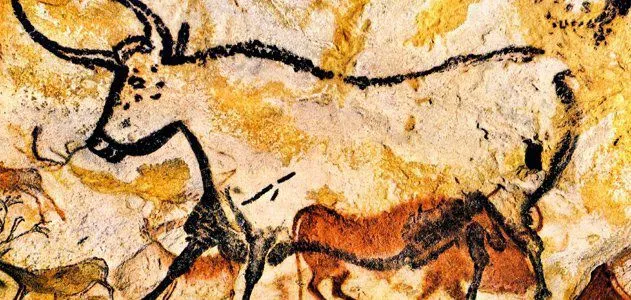
Pastels as we know them today originated from Northern Italy in the 16th Century. Renaissance artists like Leonardo da Vince (1452-1510) and Michelangelo (1475-1564) used natural chalks to sketch with, and it was this that inspired the birth of the pastel. At first, the only pastel colors available were red, black or white, not the vast range of colors available today. Black was used for shadows, red for mid tones and white for highlights.
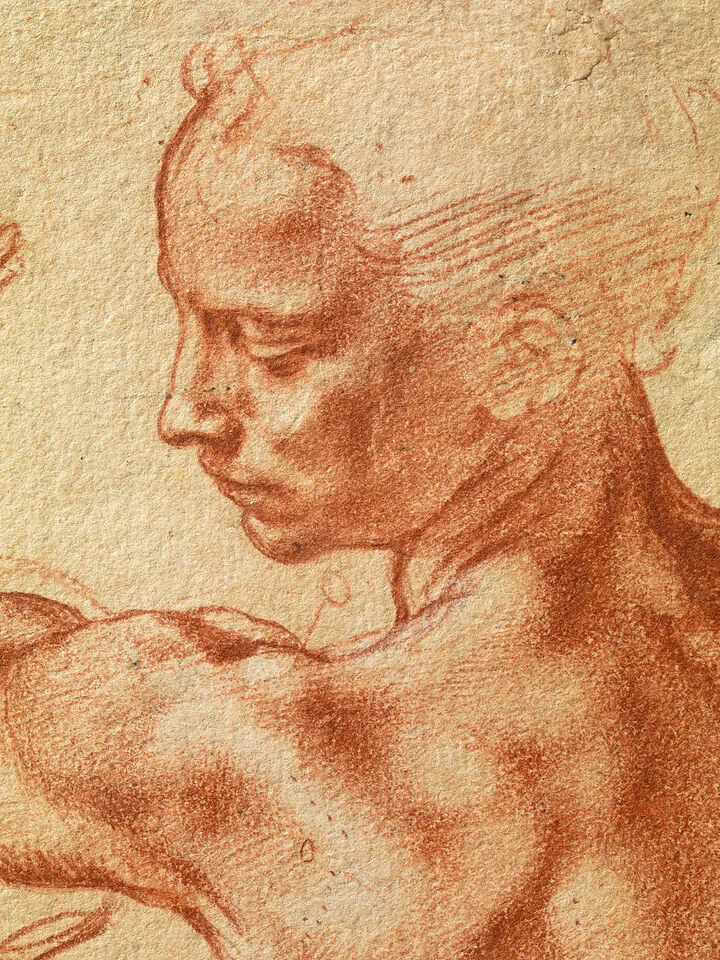
For many years, pastel was seen as inferior to oil for painting for a number of reasons. It was seen as useful for sketches and preparatory work, but not capable of capturing the light and texture that oil did. Furthermore, until fixing techniques developed, pastel was seen as a fragile medium that faded quickly.
By the 18th century, in Britain and France, techniques had advanced enough that pastel-makers had found ways to produce a wide variety of hues, and the popularity of pastels exploded. Soft pastels became extremely popular in portraiture by artists such as Rosalba Carriera, who was among the masters of the medium at that time.
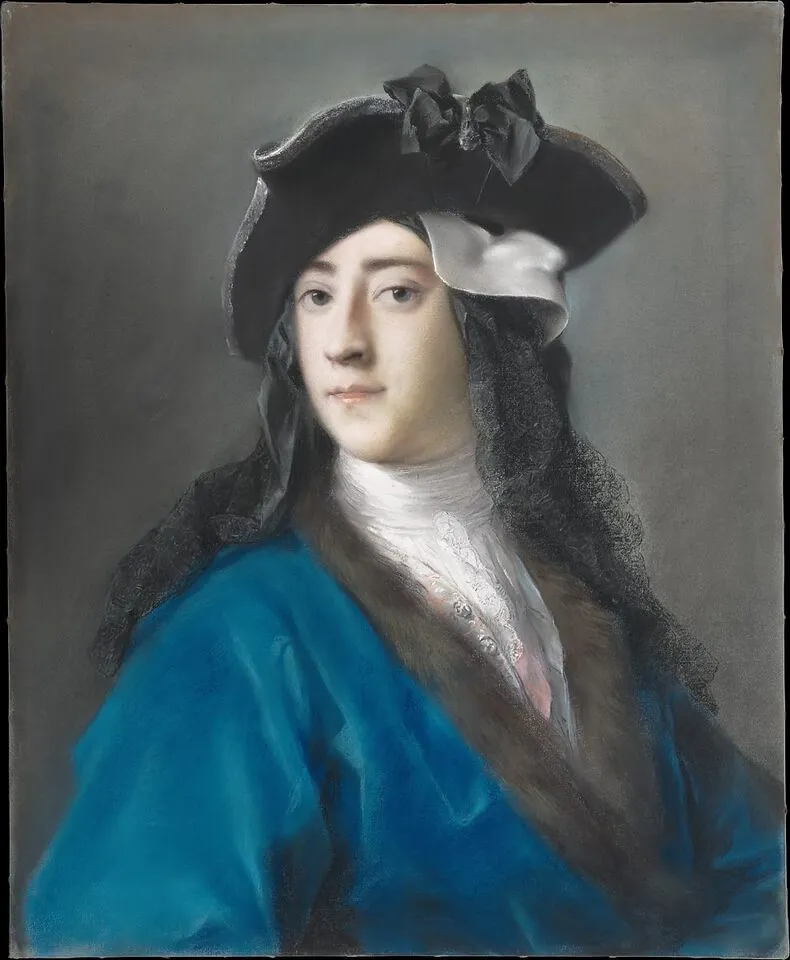
Artists began to use pastel in the way that oils had always been used for painting. This material offered artists more ways to capture skin tone, fur and hair more accurately. They found working with pastel much faster, so their subjects wouldn’t have to sit for long periods of time. Portraits were much quicker to create and unlike with oil, there was no need to wait for the work to dry.
New products emerged during this time such as fixatives and quality papers that further advanced the medium. This resulted in an even bigger explosion in popularity, and soon all members of high society, including royalty were queuing up to have their portrait done in pastel because of the realistic tones and the matte finish. Even more interesting was that people who never before could have afforded a portrait now could, because faster artmaking for artists meant they could charge lower prices!
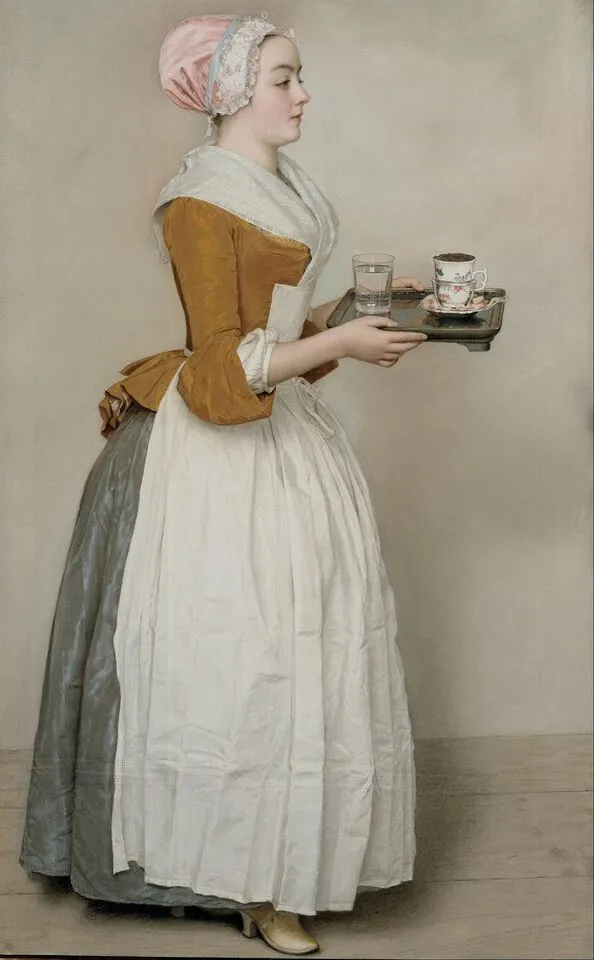
As often happens in art, pastels eventually fell out of favor, towards the end of the 18th century. They made a comeback though. In the late 19th century, Edgar Degas started using pastels, and it wasn’t long before other greats such as Gauguin, Matisse, Monet and Renoir began using pastel with huge success.
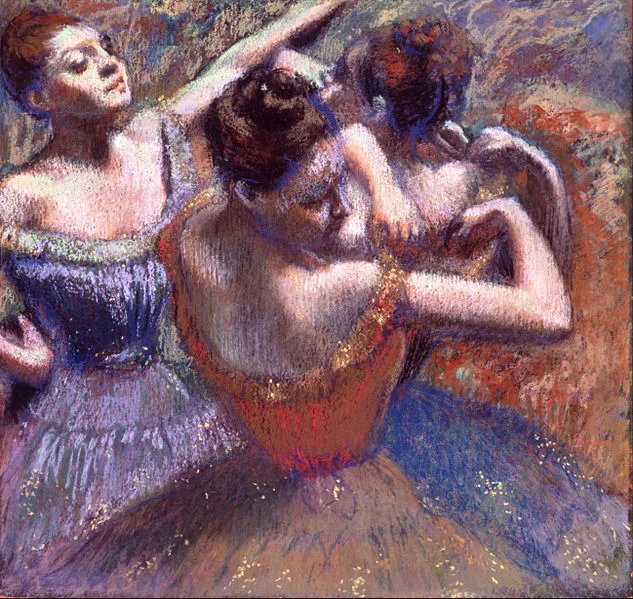
Due to soft pastel’s versatility, their tactile nature, and the huge array of colors and hues they are available in, pastel has cemented its position in the art world as a wonderful medium to work with, whether you are a beginner or a master!
Want to read this offline? Feel free to print this post for offline reading!